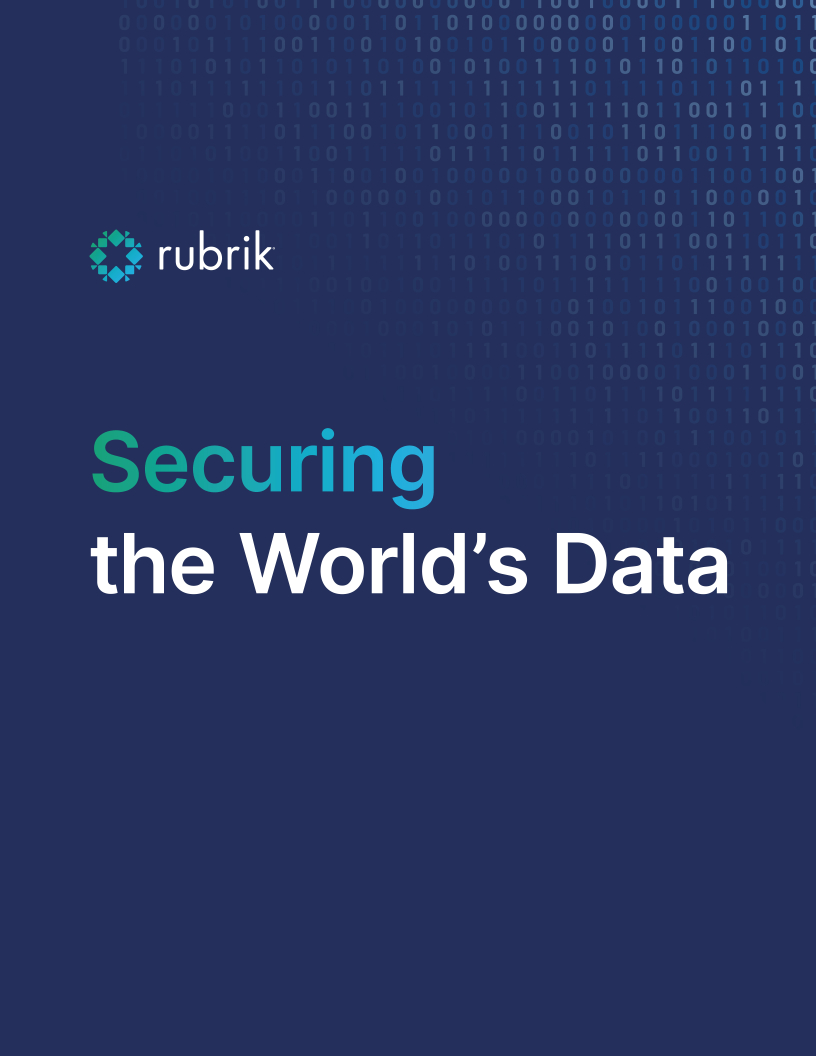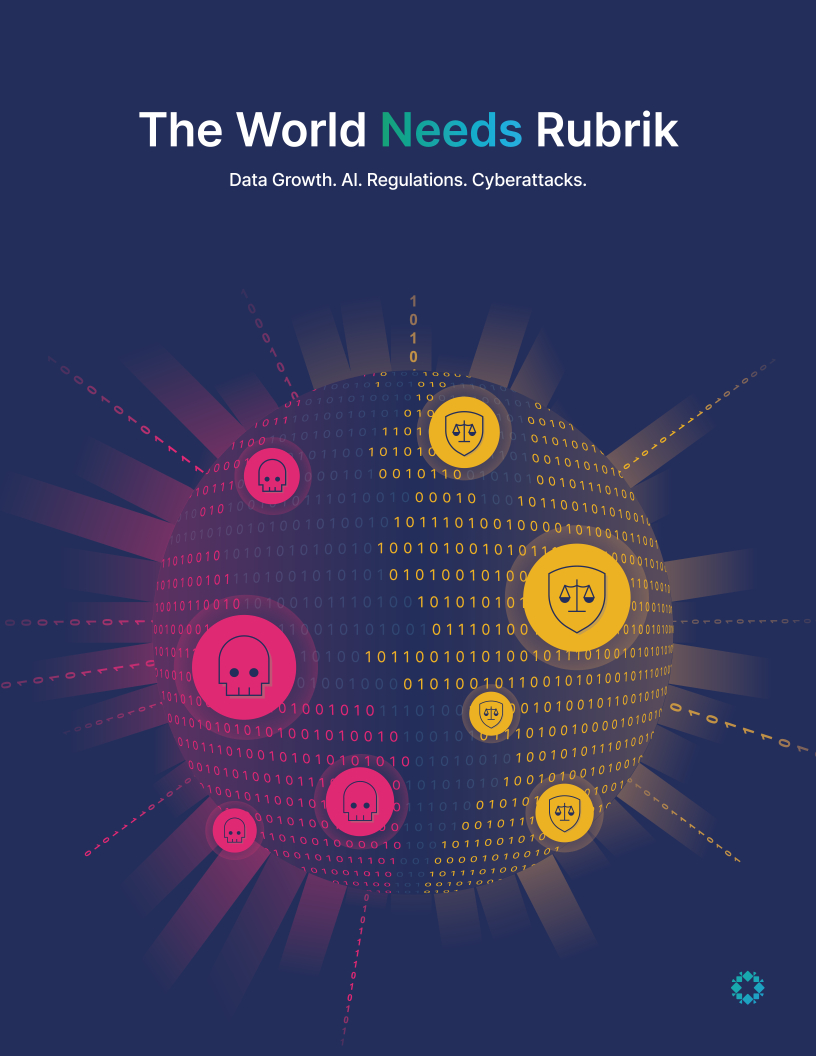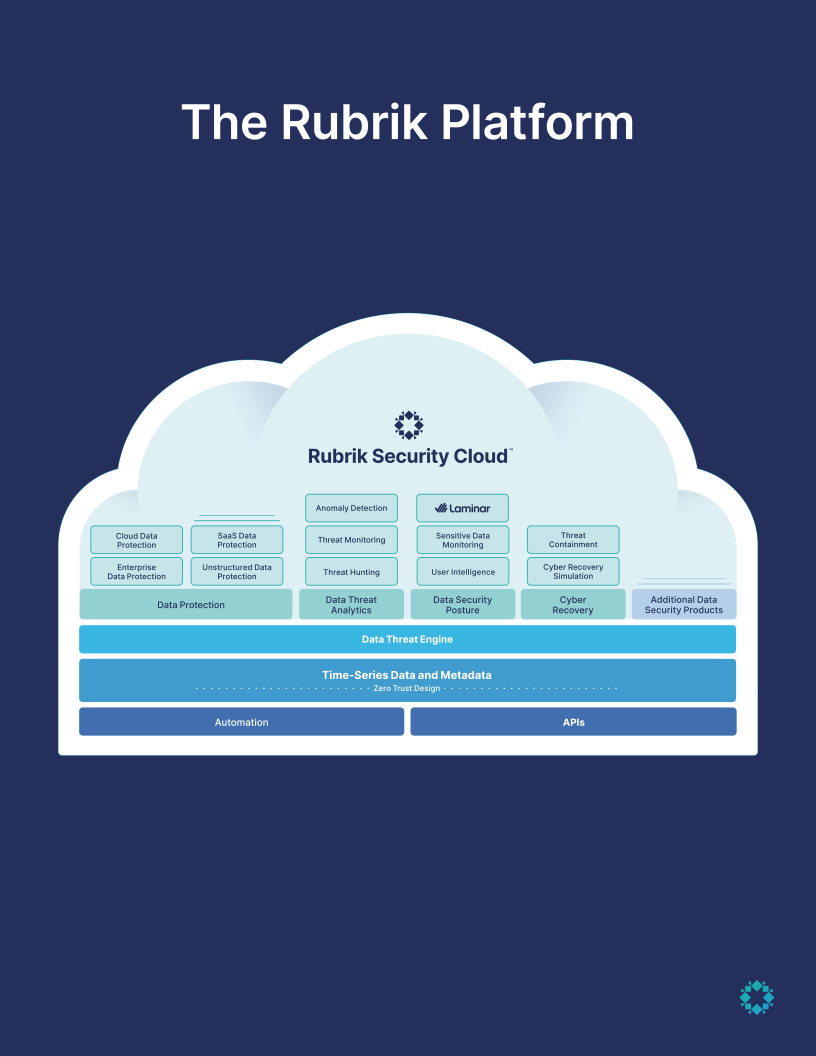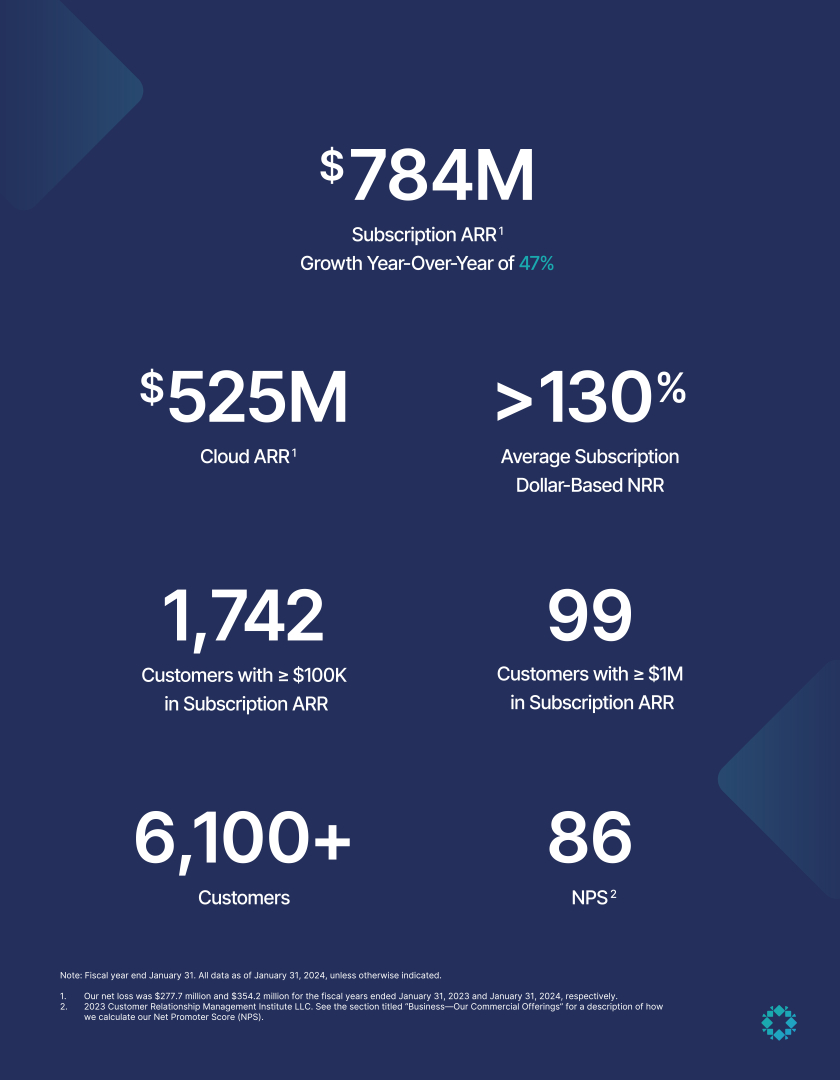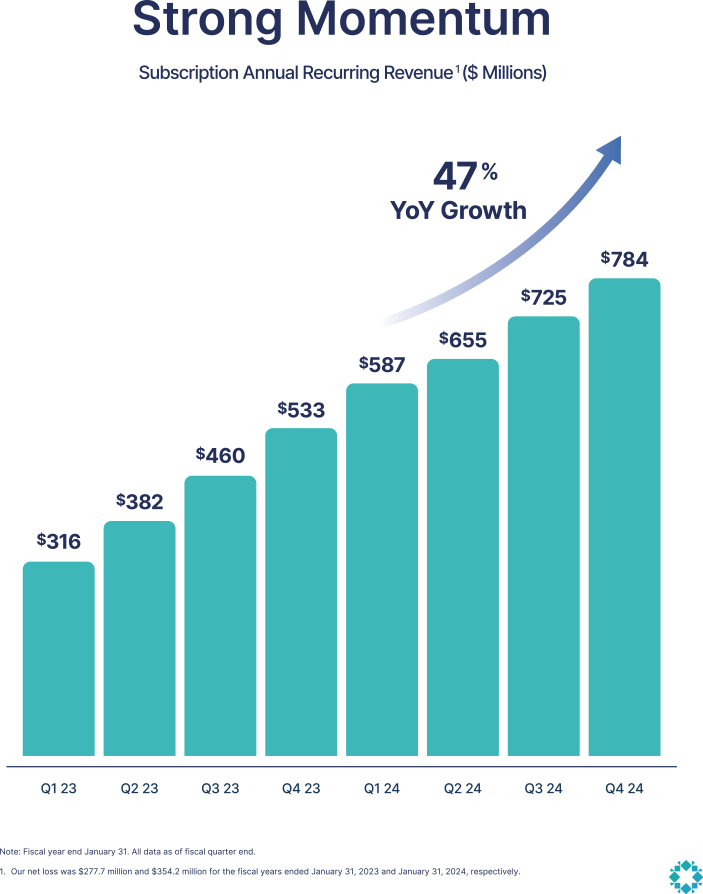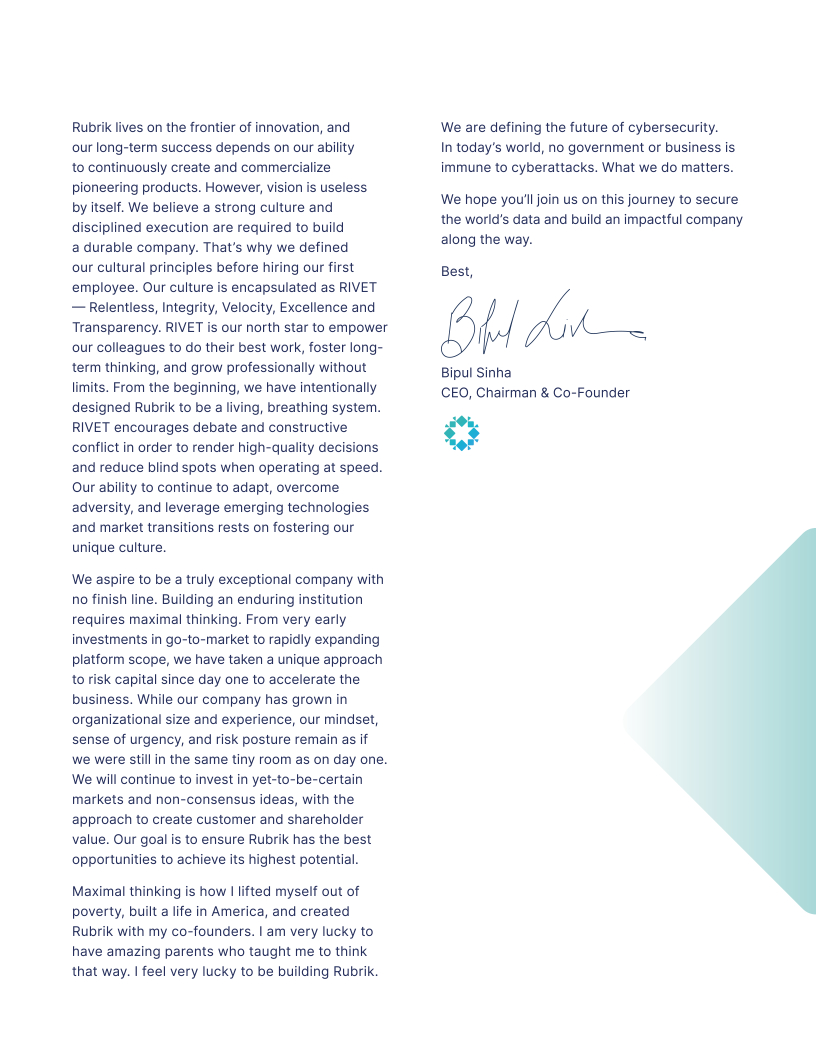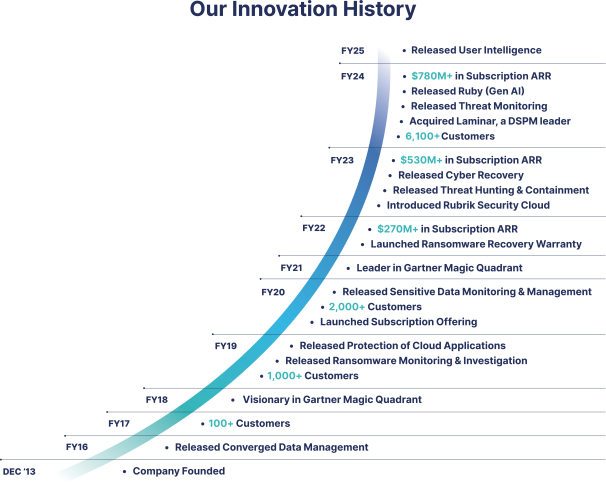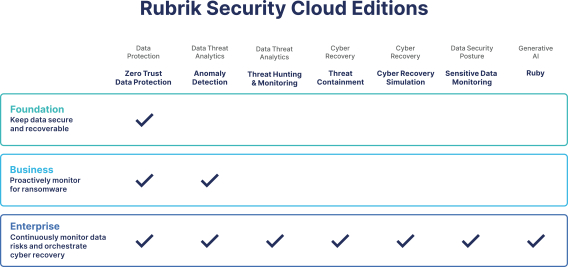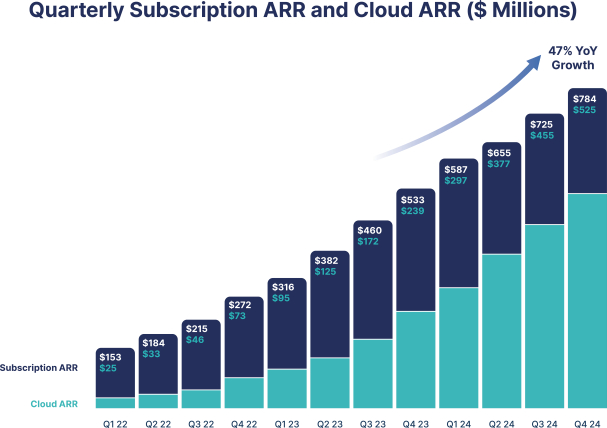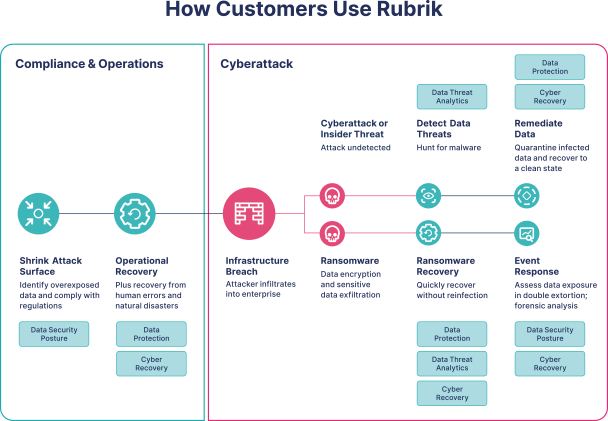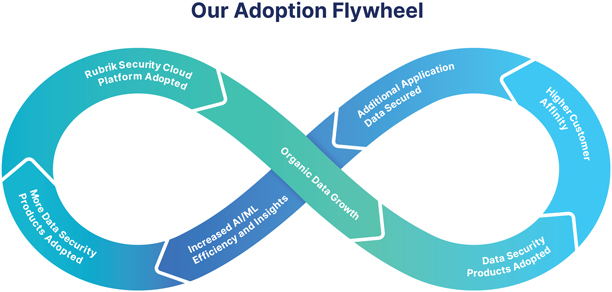perceived security incidents involving our customers’ networks could cause disruption or damage to their networks or other negative consequences and could result in negative publicity to us, damage to our reputation, and other customer relations issues, any of which may adversely affect our revenue and results of operations.
In addition, errors in our data security solutions could cause system failures, loss of data, or other adverse effects for our customers, which may result in the assertion of warranty and other claims for substantial damages against us. The potential liability and associated consequences we could suffer as a result of such an incident could be catastrophic and cause irreparable harm to our reputation and results of operations. Although our agreements with our customers typically contain provisions that are intended to limit our exposure to such claims, it is possible that these provisions may not be effective or enforceable under the laws of some jurisdictions. While we seek to insure against these types of claims, our insurance policies may not adequately limit our exposure. These claims, even if unsuccessful, could be costly and time consuming to defend and could harm our business, financial condition, results of operations, and cash flows.
Our information technology systems or data, or those of third parties upon which we rely, have in the past been, and may in the future be, compromised, which may cause us to experience significant adverse consequences, including but not limited to regulatory investigations or actions, litigation, fines and penalties, disruptions of our business operations, reputational harm, loss of revenue or profits, loss of customers or sales, and other adverse consequences. As a data security company, we have been and may in the future be specifically targeted by various threat actors who try to compromise our information technology systems or data.
As a SaaS provider, the reliability and continuous availability of our platform is critical to our success. In the ordinary course of our business, we or the third parties upon which we rely, may collect, receive, store, process, generate, use, transfer, disclose, make accessible, protect, secure, dispose of, transmit, share, or otherwise process proprietary, confidential, and other sensitive data, including customer data which may include data about individuals, including various data categories and elements associated with an individual, intellectual property, and trade secrets, or collectively, Sensitive Information. We collect such information from individuals located both in the United States and abroad and may store or process such information outside the country in which it was collected.
Organizations, particularly organizations like ours that provide data security solutions, are subject to a wide variety of attacks on their networks, systems, and endpoints, and techniques used to sabotage or to obtain unauthorized access to networks in which data is stored or through which data is transmitted change frequently. For example, in March 2023, we announced that a malicious third party gained unauthorized access to a limited amount of information in one of our non-production information technology testing environments. The unauthorized access did not include access to data that we secure on behalf of customers or access to any other sensitive data, and there was no disruption to our business or financial systems or to other operations. However, there can be no guarantee that any attack in the future will have a similarly minimal impact, should one occur.
Cyberattacks, malicious internet-based activity, online and offline fraud, and other similar activities threaten the confidentiality, integrity, and availability of our Sensitive Information and information technology systems, and those of the third parties upon which we rely. Such threats are prevalent, continuing to rise, increasingly difficult to detect, and come from a variety of sources, including traditional computer “hackers,” threat actors, “hacktivists,” organized criminal threat actors, personnel (such as through theft, misuse, or accidental disclosure), sophisticated nation states, and nation-state-supported actors. Some actors now engage in and are expected to continue to engage in cyberattacks, including without limitation nation-state actors for geopolitical reasons and in conjunction with military conflicts and defense activities. During times of war and other major conflicts, we and the
27

